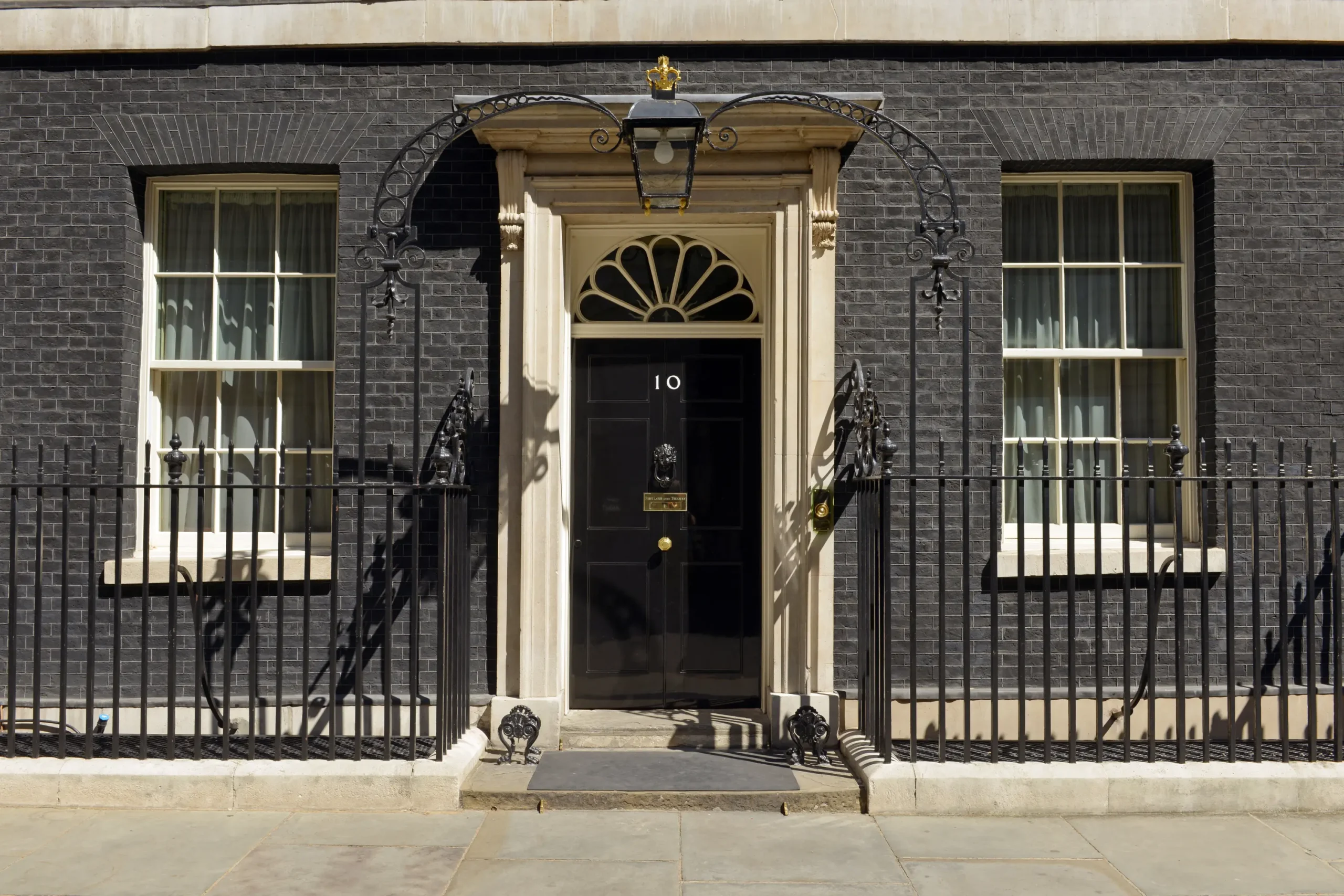The 2024 Budget is packed with substantial updates across tax rates, allowances, and reliefs. From a new income tax band to expanded allowances for sustainable investments, Labour has crafted changes that will affect both individuals and businesses.
At Black and White Accounting, we’re here to break down these changes so that you’re equipped to navigate new opportunities and manage any challenges. Here’s our detailed look at what Budget 2024 means for you.
1. Personal Allowance and Income Tax Bands
Labour introduced key changes in income tax bands and thresholds to support low- and middle-income earners while increasing tax for higher earners:
- Personal Allowance Increase: The Personal Allowance—the amount you can earn before income tax kicks in—has been raised from £12,570 to £13,250. This change will increase take-home pay for many, easing the impact of rising living costs.
- Higher-Rate Threshold Raised: The higher-rate threshold has been lifted from £50,270 to £55,000, reducing the number of middle-income earners falling into the 40% tax band.
- New Additional Rate: A new 45% tax rate has been introduced on earnings above £150,000, ensuring that high earners contribute more. This change shifts a larger share of the tax burden to those with higher incomes.
Impact: For those earning below the new higher-rate threshold, this increase could mean more net income. However, for higher earners, this additional 45% band necessitates proactive tax planning. Our team can help you identify ways to optimise income and explore tax-efficient solutions to manage these changes.
2. National Insurance Contribution (NIC) Adjustments
Changes to National Insurance Contributions are designed to balance support for smaller employers with increased contributions from larger businesses:
- Reduction for Small Businesses: Employers with fewer than 50 employees will receive a 10% reduction in their NIC rate on Class 1 Employer NICs. This means lower costs for businesses looking to grow or hire, providing immediate financial relief.
- Increase for Larger Employers: Employers with over 50 employees will see their NIC rate rise by 1.2% to 15%. This hike increases payroll costs, impacting workforce management for medium and large businesses.
- Green Jobs and Apprenticeship Incentives: Employers creating environmentally friendly roles or offering apprenticeships can claim an additional 2% NIC reduction for these positions, supporting sustainable hiring and skill development.
- Increased Employment Allowance: The Employment Allowance, which reduces NIC liabilities, has doubled from £5,000 to £10,500 for employers with NIC bills under £100,000. This adjustment will provide valuable relief for small businesses, freeing up funds for reinvestment and growth.
Impact: These NIC changes will directly affect payroll planning. For small businesses, these adjustments can reduce staffing costs, while larger employers may face added financial strain. Our team can assist you with payroll structuring and budgeting to ensure efficient NIC planning.
3. Corporation Tax: Reliefs and Incentives for Sustainable and Small Business Investment
The main Corporation Tax rate remains at 25%, but the Budget introduced targeted reliefs to encourage green investments and support SMEs:
- Green Investment Allowance: Businesses investing in renewable energy and sustainable technology can claim an additional 20% deduction on qualifying investments. This means lower taxable profits for businesses that prioritize eco-friendly upgrades.
- Small Business Relief: SMEs with profits below £250,000 can access a reduced effective Corporation Tax rate through this new relief. This aims to support smaller businesses by lightening the tax load on growth-focused profits.
Impact: For businesses considering green projects or expansion, these incentives can reduce tax liabilities. Contact us for help in identifying qualifying investments and making the most of Corporation Tax savings.
4. Capital Gains Tax (CGT) Reduction in Annual Exempt Amount
The Capital Gains Tax (CGT) annual exempt amount has been reduced from £6,000 to £3,000. This substantial cut means that individuals will pay CGT on a larger portion of their capital gains from investments, property sales, and other asset disposals.
Example: An investor selling shares with a gain of £10,000 previously enjoyed a £6,000 exemption, leaving £4,000 subject to CGT. Now, with the £3,000 exemption, £7,000 will be taxable, increasing the CGT owed.
Impact: For property owners and investors, this change will mean more of their gains are taxable. Planning asset sales strategically is essential to minimise CGT. We can support you with tax-efficient solutions to reduce exposure to CGT.
5. Stamp Duty Land Tax (SDLT) Increase for Additional Properties
For property investors and second-home buyers, Labour has increased the SDLT surcharge on additional properties from 3% to 5%. This surcharge applies to both residential and commercial property purchases and raises upfront costs for those seeking to expand their portfolios.
Example: A landlord purchasing a buy-to-let property for £300,000 will now face a 5% SDLT surcharge, equating to £15,000, up from the previous £9,000.
Impact: This SDLT increase will make property investments more costly, particularly for buy-to-let investors. For those considering expansion, we recommend reviewing the timing and structuring of property purchases. Our experts can help you navigate SDLT rules and minimise tax impact on your investments.
6. Enhanced R&D Tax Credits for Innovation-Focused SMEs
The Budget has enhanced Research & Development (R&D) tax credits for SMEs, increasing relief to support innovation:
- Eligible SMEs can now claim up to 25% of qualifying R&D expenses, a boost from the previous 13%. This move is targeted at industries driving technological advancements, particularly in sectors like healthcare, technology, and sustainability.
Example: A tech firm spending £100,000 on R&D could previously claim £13,000 in tax credits. With the new rate, this claim increases to £25,000, easing the financial burden of innovation.
Impact: For innovative SMEs, these credits provide a valuable tax-saving opportunity. We can help you navigate the claim process and maximise R&D benefits.
7. Pension Lifetime Allowance Reduction
The Pension Lifetime Allowance has been reduced from over £1 million to £900,000. This reduction means that high earners nearing retirement may reach this cap sooner, and any additional contributions above the threshold will incur tax penalties.
Example: An executive with a £850,000 pension fund may now hit the £900,000 threshold faster, limiting further tax-efficient contributions and potentially incurring extra tax charges.
Impact: If you’re close to this allowance, we recommend a review of your retirement plan. We can help you explore alternative savings vehicles and optimise your pension contributions to reduce tax exposure.
8. Zero VAT on Energy-Saving Products
To encourage sustainable upgrades, VAT on energy-saving products like solar panels, insulation, and heat pumps has been reduced to 0% (down from 5%). This update makes eco-friendly improvements more accessible and affordable.
Example: A business installing £20,000 worth of solar panels will save £1,000 in VAT due to the reduction, making sustainable investments more financially attractive.
Impact: This VAT relief provides an ideal time to consider green upgrades. We’re here to guide you through qualifying products and potential savings opportunities.
9. Reduced Dividend Allowance
The tax-free dividend allowance has been halved to £500 (from £1,000). This reduction means more dividend income will now be taxable, impacting business owners, investors, and anyone who relies on dividends for income.
Example: A small business owner drawing £10,000 annually in dividends will now pay tax on £9,500, up from £9,000 previously, due to the reduced allowance.
Impact: We recommend reviewing dividend strategies and exploring other income structures to manage this additional tax impact effectively.
10. Cost-of-Living Reliefs: Childcare Support and Energy Price Cap
To support families facing high living costs, Budget 2024 introduced:
- £1,500 additional childcare tax credits annually for families earning under £50,000, easing childcare costs for working parents.
- A two-year energy price cap, providing stability for households as energy prices fluctuate, with rebates applied directly through utility providers.
Example: A family with two children in nursery and an income under £50,000 will see an additional £1,500 in childcare support, providing more disposable income for other expenses.
Impact: These changes can offer immediate relief to families. We can help integrate these benefits into your financial plan to optimise household budgeting.
11. Inheritance Tax (IHT) Threshold Freeze
The Inheritance Tax (IHT) nil-rate band remains frozen at £325,000 for an additional two years, while the residence nil-rate band stays at £175,000. With rising property values, this freeze increases the likelihood of estates becoming liable for IHT.
Example: A property valued at £500,000 may see a significant portion subject to IHT if the threshold remains static, emphasising the need for estate planning.
Impact: For families, effective estate planning can help reduce potential IHT burdens. Our team can help explore options such as trusts, gifting, and strategic asset management to protect family wealth.
Final Thoughts: Maximise Your Opportunities With Black and White Accounting
Budget 2024 brings numerous updates, from tax rate changes and new allowances to reduced exemptions. At Black and White Accounting, we’re here to turn these details into actionable strategies that protect and grow your wealth. Whether you’re a high earner facing new tax thresholds, a small business owner ready to leverage NIC reductions, or an investor navigating CGT cuts, our team is here to support you.
Reach out today to see how we can help you plan effectively, capitalise on new reliefs, and build a robust financial strategy for the year ahead. Let’s make Budget 2024 work for you!

